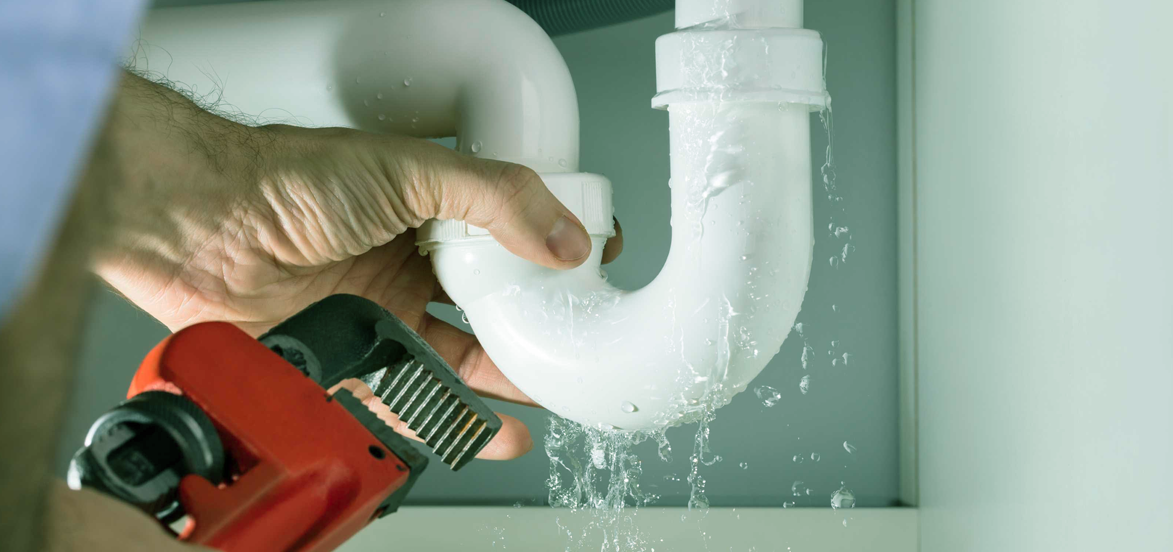Overview To Water Leak Detection At Home
Overview To Water Leak Detection At Home
Blog Article
This article down below involving Detecting hidden plumbing leaks is quite interesting. Check it out for yourself and figure out what you think of it.

Early discovery of dripping water lines can minimize a prospective catastrophe. Some tiny water leaks might not be noticeable.
1. Examine the Water Meter
Every home has a water meter. Examining it is a guaranteed manner in which assists you uncover leaks. For beginners, turn off all the water sources. Make certain no one will flush, utilize the faucet, shower, run the washing maker or dish washer. From there, most likely to the meter and watch if it will certainly transform. Since nobody is utilizing it, there need to be no movements. If it relocates, that suggests a fast-moving leakage. If you discover no changes, wait a hr or 2 and check back once more. This indicates you may have a slow-moving leakage that might even be below ground.
2. Inspect Water Usage
Assess your water expenses as well as track your water consumption. As the one paying it, you ought to notice if there are any type of disparities. If you detect sudden changes, in spite of your usage being the same, it means that you have leakages in your plumbing system. Remember, your water expense need to drop under the very same array on a monthly basis. An unexpected spike in your expense suggests a fast-moving leakage.
A stable rise every month, also with the same habits, reveals you have a sluggish leakage that's also gradually rising. Call a plumber to extensively inspect your residential or commercial property, specifically if you feel a warm location on your floor with piping underneath.
3. Do a Food Coloring Examination
When it involves water usage, 30% originates from commodes. Test to see if they are running effectively. Decline specks of food color in the container and wait 10 minutes. There's a leakage in between the storage tank and bowl if the shade in some way infiltrates your dish during that time without flushing.
4. Asses Outside Lines
Don't neglect to examine your outdoor water lines also. Must water leak out of the connection, you have a loose rubber gasket. One small leak can waste loads of water and also increase your water expense.
5. Assess the circumstance as well as inspect
Homeowners need to make it a routine to check under the sink counters and also also inside cabinets for any type of bad odor or mold development. These 2 red flags show a leak so punctual interest is required. Doing regular assessments, even bi-annually, can save you from a significant problem.
Inspect for stainings and compromising as the majority of pipelines and also appliances have a life expectancy. If you think dripping water lines in your plumbing system, do not wait for it to rise.
Early discovery of leaking water lines can mitigate a prospective catastrophe. Some small water leakages might not be noticeable. Examining it is a surefire way that helps you find leaks. One small leakage can lose tons of water and spike your water costs.
If you suspect leaking water lines in your plumbing system, don't wait for it to escalate.
Tips for Detecting Hidden Plumbing Leaks
Check for Signs of Water Damage
We recommend that you check the following places for evidence of water damage:
Near where you store your water heater
Around your sump pump
In areas where pipes are visible
Underneath cabinetry or a vanity beneath a sink
Where your outside hose bib isIf water damage is present, you may also notice mold and/or mildew or smell a foul or musky odor. You might also be able to hear the sound of water running where it shouldn’t be.
Perform a Water Meter Test
One of the easiest ways to determine whether you have a hidden leak on your property is to test your water meter. Turn off all appliances in that use water and make sure you don’t have any faucets running. Locate your water meter and record the reading on it. Continue to leave everything off for a minimum of two hours and then go back and see the meter reading. If it’s a noticeable difference, chances are you have a hidden plumbing leak.
Monitor Your Outside Usage
As the seasons change, you might use more water to keep your yard lush and green and your flowers blooming. However, it’s important to routinely ensure that your sprinkler or irrigation system is working properly and that any outside faucets are completely off. This way you’re not wasting any water.
Do the Toilet Food Coloring Test
Are you kept up at night because your toilet continues to run? If you’ve noticed your toilet randomly refills, especially when it’s not in use, it could mean you have a defective flapper tank and water will leak into the bowl. Fortunately, there’s an easy (and kind of fun!) way to test whether you’re dealing with this issue. Grab some food coloring and add a few drops into your toilet’s tank. Wait 15 minutes and then check to see whether the water in the bowl is colored. If it is, you have a leak within your toilet and the internal assembly will need to be repaired or replaced.
https://www.carterservices.com/blog/2020/february/tips-for-detecting-hidden-plumbing-leaks/

I'm very inquisitive about Locating water leaks and I hope you enjoyed the entire blog post. Sharing is caring. You just don't know, you will be helping someone out. We enjoy reading our article about Hacks to detect leaks.
Report this page